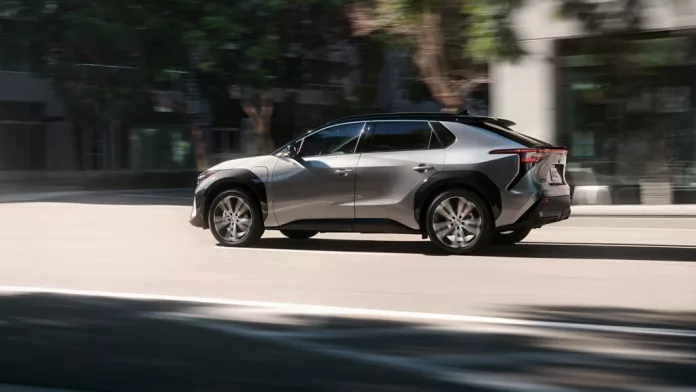In March, Norway’s appetite for electric vehicles remained insatiable, with plugin EVs commanding a towering market share of 91.5%, a slight climb from the previous year’s 91.1%. This encompassed a remarkable near-total takeover by battery electric vehicles (BEVs), which alone snatched almost 90% of the market. However, it wasn’t all smooth driving; the overall auto market volume tumbled by 50% year-over-year, marking the poorest performance for March in 15 years, capped at just 9,750 units sold. Amidst this contraction stood the Tesla Model Y, holding its ground as Norway’s favorite ride.
Plugin EVs and Norway’s Policy Landscape
Norway’s March figures were a tapestry of electrification, showing BEVs with a commanding 89.3% market share, while plugin hybrids (PHEVs) trailed at 2.2%. The data reveal the enduring consequences of policy shifts introduced at the start of the year, which aimed to pivot consumers from PHEVs to BEVs—a goal that seems to have been achieved, as PHEV shares slumped to an average of 2% in the first quarter of 2024.
Conversely, BEV shares surged to fill the void left by PHEVs, climbing from 83% across 2023 to 90.2% in the first quarter of 2024. While we may witness a modest PHEV rebound, don’t expect a return to previous heights. These policy changes were, after all, orchestrated to keep PHEVs at bay in favor of their fully electric cousins.
Powertrain Sales in Perspective
Deconstructing sales by powertrain reveals a grim picture of decline across the board, with most experiencing a halving in volumes year-over-year. PHEVs notably stand out, plummeting to just a quarter of their former glories. As we connect the dots, it appears the broader economic malaise—with dour consumer and business confidence—is casting a shadow over Norway’s automotive sector.
Norway’s Best Selling BEVs
The crown jewel of Norway’s automotive circuit, the Tesla Model Y, continues to outshine competitors, soaring ahead with sales nearly equal to the next seven BEVs pooled together. Other standouts include the Toyota BZ4X, securing second place and the Hyundai Kona landing in third. Apart from a few rank shuffles and surprise ascents, the leaderboard for March featured familiar faces and no new model debuts to shake up the scene.
The MG4, however, did make impressive gains, clinching sixth place. In stark contrast, a host of Volkswagen Group models, including the once-favored Skoda Enyaq, witnessed a dramatic fall from grace. This left many wondering about the group’s Norwegian ambitions—or lack thereof.
The Road Ahead
An in-depth analysis suggests Norway’s limp economy is largely at fault for the 50% dip in auto market volumes. Signs of economic struggle are clear: tepid GDP growth, moderating inflation, stable but high-interest rates, and a manufacturing PMI that’s seen better days. Echoing earlier points, the OFV points to these challenging financial conditions as the culprit behind the shrunken car sales.
There’s chatter about a paradigm shift—consumers favoring smaller, more affordable cars, particularly electrics. Manufacturers are supposedly redirecting production to cater to this demand. Yet, despite rising EV affordability and battery costs trending downward, the expected mass arrival of budget-friendly BEVs isn’t here yet. A JATO report confirms the current trend towards pricier EVs, suggesting that manufacturers are cashing in on this premium preference—at consumers’ expense.
As we peer into the automotive future, the rise of economical BEVs may soon unsettle the longstanding market incumbents, especially those that have historically been hesitant to embrace electrification. If Norway’s market dynamics are any indication, it seems we might just be on the cusp of an electric revolution in the auto industry.


























